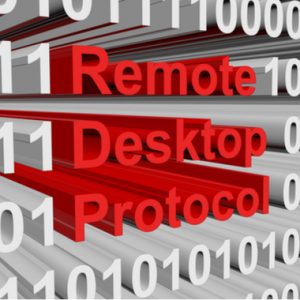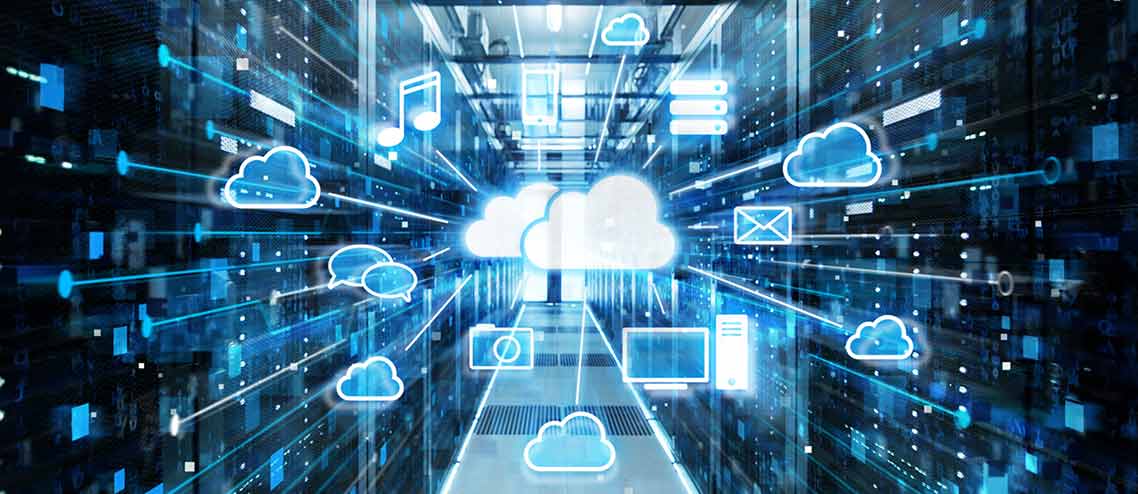RDP Two Factor Authentication: Secure Yourself | Parallels Insights
 With the release of Microsoft Windows Server 2022 (WS2022), IT circles are excited to explore new features. WS2022 allows organizations to quickly build and run cloud applications using Windows Server containers and Hyper-V containers. Secondly, the datacenter infrastructure is more software-defined. Administration privileges are separate for hardware and software teams. Thirdly, multi-layer security is added to protect the infrastructure from cyber-attacks. Learn how to secure yourself with RDP Two Factor Authentication.
With the release of Microsoft Windows Server 2022 (WS2022), IT circles are excited to explore new features. WS2022 allows organizations to quickly build and run cloud applications using Windows Server containers and Hyper-V containers. Secondly, the datacenter infrastructure is more software-defined. Administration privileges are separate for hardware and software teams. Thirdly, multi-layer security is added to protect the infrastructure from cyber-attacks. Learn how to secure yourself with RDP Two Factor Authentication.
When it comes to RDS, graphical performance is improved. Furthermore, the tight integration with the Azure cloud platform enables organizations to use cloud-hosted databases and templates to build, manage, and scale the infrastructure quickly. However, one of the limitations of RDS networks in the Windows Server operating system is the security mechanism. As a result, many organizations adopt two-factor authentication as a solution. To set up two-factor authentication, organizations have to rely on third-party security solutions, and this limitation is addressed to some extent with the inclusion of RDP two-factor authentication for RDS.
How does RDP Two Factor Authentication for RDS work?
When an end-user launches a virtual desktop or application from RemoteApp via the RDS client application or RDP file, the user credentials are authenticated. After connecting to the RD Gateway, the user receives an SMS or code on an issued device. The actual connection is set up only when the user successfully inputs the code provided. Two-factor authentication, also know as 2FA, is a type of Multi-Factor Authentication (MFA).
Administrators have to perform a few steps to configure RDP two-factor authentication. First, the Azure MFA provider has to be set up. This MFA provider delivers the cipher and authenticates the user. However, an Azure subscription is required to perform this task. Secondly, the MFA server has to be installed and configured. This MFA server receives connection requests from the RD Gateway and creates the cipher and authentication of the end-user. The authentication results are then communicated with the RD Gateway. Thirdly, the RD Gateway server has to be configured as a RADIUS server. The RD Gateway server prompts the MFA server to perform the MFA challenge and provides a connection upon the receipt of successful authentication from the MFA server.
What is Multi-factor Authentication and How Does it Work?
2FA requires users to provide two forms of authentication, whereas MFA calls for at least two forms of authentication, if not more. As a result, all MFA are 2FAs, but not all 2FAs are MFA.
While we refer to 2FA when users only need two credentials to get access, MFA requires users to validate their identities using credentials from at least two or more of three separate factors.
With MFA, users are required to submit additional verification elements, such as a security key, in addition to their login and password. Users can only log in after that to access the resources they want to use.
How to Enable MFA for RDP
You may assume that the lack of solutions is the reason why many firms do not employ multi factor authentication as an additional layer on top of the RDP nowadays. The converse is true, though: there are as many MFA alternatives available to safeguard your access as there are fish in the ocean.
The Options for RDP Two Factor Authentication
MFA and 2FA can be added on top of RDP via:
- A provider or product for multi factor authentication
- Utilizing a third-party identity provider (IdP)
- Using a VPN
- Authentication with certificates
- Secure remote access solution Parallels RAS
RDP Two Factor Authentication for RDS
While the new server OS comes with enhanced features, limitations remain. The major challenge with RDS is the complexity of configuring and managing the network. You need to install and configure multiple components to set up the network, and several server roles need to be configured. In addition, load balancing requires separate components and configurations. While the RDP two-factor authentication is included, the configuration hassles are still there. Moreover, RDS doesn’t provide full functionality to devices running on non-Windows platforms such as Chromebooks. This is where Parallels Remote Application Server (RAS) comes to the rescue.
With Parallels RAS, network security is available out of the box
Parallels RAS is a comprehensive virtualization solution that enables organizations to centrally host resources and seamlessly deliver virtual applications and desktops to remote devices without any problems. The unique selling point of Parallels RAS is its ease of use. Using a simple wizard, you can set up the tool in a matter of minutes. All the major features come auto-configured by default.
Furthermore, Parallels RAS supports SafeNet, Deepnet, and also Radius to provide RDP two-factor authentication. The tool supports all hypervisors and browsers, which means you can leverage the existing RDS infrastructure while reducing management challenges. Parallels RAS delivers full functionality to non-Windows devices such as Chromebooks. This means RDS resources can be published to any device, at any time, with full two-factor authentication ready to be enabled upon installation.
Want to try the security benefits of Parallels RAS? Download the free trial.

